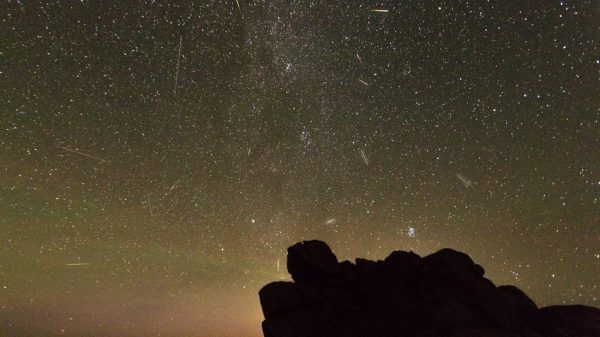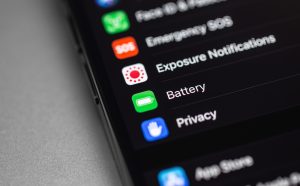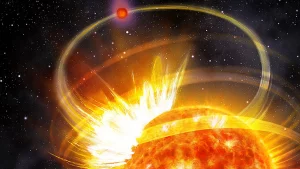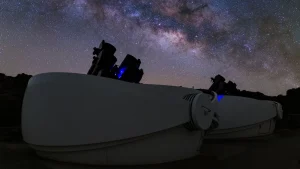August is an awesome month for skywatching: Here’s how to make the most of it

Get out your comfy blankets and red light flashlights: August is going to be quite a month for skywatchers.
Usually this month is a great time to watch the skies — it’s warm and home to one of best meteor showers of the year — but August 2017 in particular will be jam-packed with some particularly great events, including not one but two eclipses.
The spacey festivities kick off on August 7 with a partial lunar eclipse gracing skies above much of Asia, Europe, Africa, and Australia.
Lunar eclipses happen when the moon dips partially or fully into Earth’s shadow.
The August 7 eclipse won’t look super impressive — in all, the moon will only slightly skim the edge of Earth’s dark shadow — but it does portend one of the biggest skywatching events of the year later in the month.
A total solar eclipse
On August 21, a total solar eclipse will darken skies across a relatively wide swath of the United States.
The eclipse will cut a 70-mile-wide path from Oregon to South Carolina, cutting through most of the contiguous United States, and it’ll be amazing for experienced and novice skywatchers across the country.
Everyone in North America will be able to see at least a partial phase of the eclipse, but the lucky people deep in the path of totality will have the opportunity to see the moon completely blot of the light of the sun for minutes at a time.
“Plan to have your safe solar-viewing glasses within immediate reach—in your pocket or around your neck—for quick eye protection before and after totality,” NASA said in a skywatching podcast.
“Just before totality, if you have a good view of the horizon, look west for the approaching shadow. After totality, look east low on the horizon for the departing shadow. If it’s cloudy try to see the shadow by looking up at the bottoms of the clouds. During totality, look for stars. Can you see Regulus in the solar corona? The stars of Orion? How early and how late is Venus visible? Can you see any other planets?”
A total solar eclipse hasn’t darkened skies above the contiguous U.S. since 1979, so if you can check it out, do so. It’s the kind of can’t-miss skywatching event that eclipse chasers around the world dream of.
Perseid meteors galore
Before the solar eclipse, however, we’ll get a chance to check out the Perseid meteor shower, one of the best annual showers each year.
While the Perseids will be a little washed out this year because of moonlight, the annual shower should still be a good show.
Head outside the night of August 12 (or even August 11) to check out the peak of the shower—just be sure to give your eyes about 30 minutes to adjust and try to get to a place where you can see as much of the sky as possible.
If you’re in a dark area, far from city lights, expect to see about 40 to 50 meteors per hour, according to Space.com.
You won’t need a telescope or any special gear to check out the meteor shower. Just find a dark spot, look up, and be patient.
The Perseids are created each year when the Earth passes through a stream of debris left behind by Comet Swift-Tuttle, which completes an orbit of the sun once about every 133 years.











